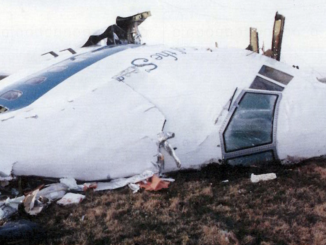This week’s first picture is of the unmistakable Eiffel tower. In 1952, without a phone mast, the landmark was 984 ft high with a viewing area 906 ft from the ground. We shall assume my grandparents and father made it all the way to the top before taking their photos. After conquering the Pyrenees in both directions and traversing Franco’s Spain, a few thousand steps will have been a day off. And doesn’t my grandmother look a lot better? Crossing mountain ranges, travelling 3,000 miles in a Ford 8, experiencing the boily heat of central Spain, visiting Lourdes and then climbing to the top of the Eiffel tower obviously did her a world of good. Makes you wonder how much younger she would have died if it hadn’t been for the Nostalgia Album trip!
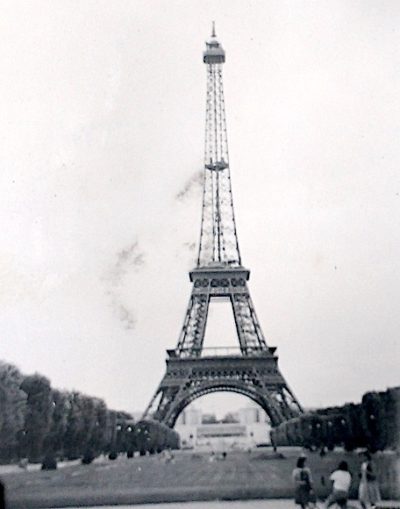
© Always Worth Saying 2022, Going Postal

© Always Worth Saying 2022, Going Postal
According to wiki, in 1954 the tower attracted 1.5 million visitors. By 2004 it had risen to over six million. Today the total is capped at 7,000,000 with a booked time slot to the top costing a vertigo-inducing 26 Euros. There are two levels at the summit, the lower level is enclosed and the upper in the open, although with more health and safety mesh than the shoulder-height effort pictured next to my grandmother. The view from the top is of, well, Paris.
You can say what you like about how useless the French are, but even a well-travelled north country cynic has to concede that Paris is one of the world’s great cities. Used as a benchmark for other global metropoli, Beirut is known as the Paris of the Meditteranean, Buenos Aires is called the Paris of the South.
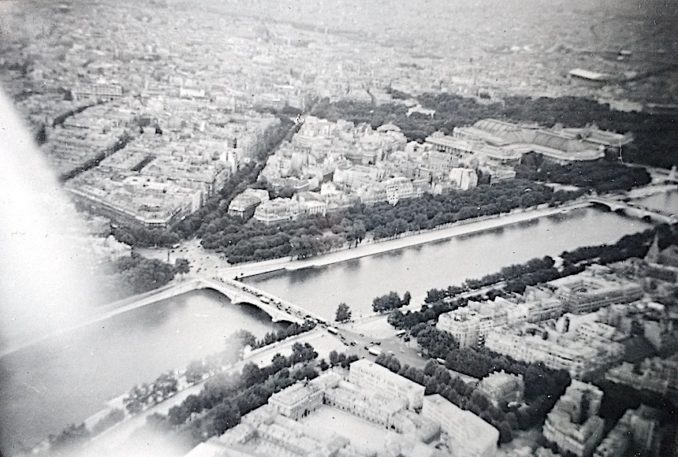
© Always Worth Saying 2022, Going Postal
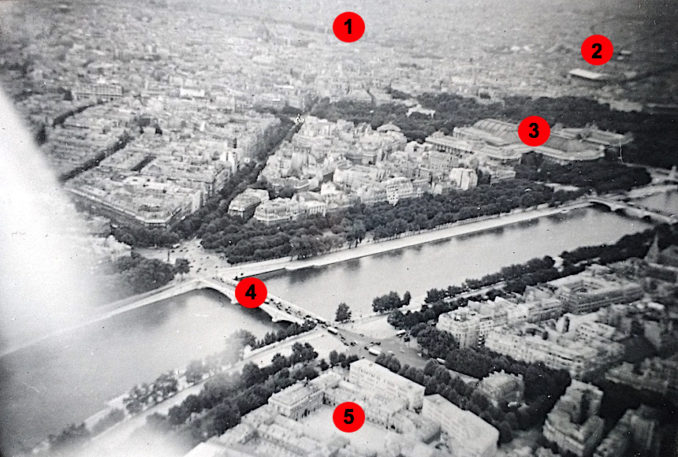
© Always Worth Saying 2022, Going Postal
If we look towards the top of the annotated photograph, a dark line can be seen running left to right at a slight diagonal at Point One. I would suggest this to be the trackwork into Gare Saint-Lazare. If not, then the shadow of the stone canyon trench of buildings between which the tracks run. Outside of the station throat, the line is nine tracks wide and wider still at the carriage sidings at Clichy. That trackwork connects the station’s 27 platforms to the main lines running to the Normandy destinations of Le Harve, Cherbourg and Deauville.
I didn’t think I’d been to St Lazare but looking through my old timetables I found some 1980s Horaire SNCF Paris-Saint-Lazare, so maybe I have. Superb little blue and green concertina booklets, these told at a glance how many trains there were, how they were distributed through the day, how many stops were made and how long journeys took. Nowadays such ‘data’ is concealed in impenetrable apps that show nothing more than one train at a time’s departure and arrival time and the extortionate cost of a ticket.
Back in the day, after sunrise in the 8th Arrondissement, matins at the L’église Sainte-Marie-Madeleine and following breakfast at the Opera cafe with a hesitant mind-reading French film star acquaintance, a gentleman could depart Saint-Lazare at 10:55, change at Dieppe Maritime, disembark at Newhaven and take a slam-door stopping train to arrive at Victora in time for tea time, well supper time. Taking into account the time difference, a relaxing nine-hour excursion. Whereas these days, a similar journey involves a stressful and irritating 2 hours 17 minutes passed via a series of tedious concrete trenches. All to be deposited at Gare du Nord, unfashionably close to the Conservatoire de Paris. Yuk.
Besides serving Blighy, St Lazare is the terminus for the Ile de France. J and L suburban lines cover the following branches; Gisors, Ermont, Mantes, Poissy-Vernon, Cergy Saint-nom-la-Breteche and Versailles. Each train is identified by a 4-digit code with the first letter referring to its destination and the others referring to the class of service and its stopping pattern. That’s just the vowels, the alternately placed consonants mean something different. Or maybe not, it is very complicated. Y stands for Boissy-l’Allerie, apparently.

South facade of the Gare Saint-Lazare railway station,
Moonik – Licence CC BY-SA 3.0
The usual photos of Gare Saint-Lazare don’t do it justice. There are two chateau-style station buildings, often photographed, at each end of the outside of the station concourse. Between them is another impressive, albeit difficult to capture, structure which even Street View struggles to do justice to. Spoiling the view is the Hilton Paris Opera hotel (Opera Garnier is 900 yards away). Originally called the Hôtel Terminus and built in 1889 by railway company Compagnie des Chemins de Fer de l’Ouest, the Juste Lisch designed hotel was built to provide accommodation for visitors to the 1900 Exposition Universelle, especially those travelling from North America via Le Havre and Cherbourg.
Point number 2 shows the pitched roof of the church of La Madeleine, also known as L’église Sainte-Marie-Madeleine. In the style of a Greek temple, 52 neo-classical, 66ft high Corinthian columns hold the roof. Construction began in 1763 on a stop-start basis as plans changed and architects were replaced or died. Work stopped altogether in 1789 on account of the French Revolution. In 1806 work was re-commenced but this time to construct a secular Temple de la Gloire de la Grande Armée (“Temple to the Glory of the Great Army”) on behalf of Napoleon.
In between various other comings and goings, eventually a roof was completed in 1831 and the building consecrated as a church in 1842. Bronze doors depict the ten commandments. A single 354 ft long nave sits below three internal domes under the pitched roof. The magnificent interior, pictured below, holds the altar of the Magdalene at one end and an impressive Aristide Cavaille-Coll organ at the other.
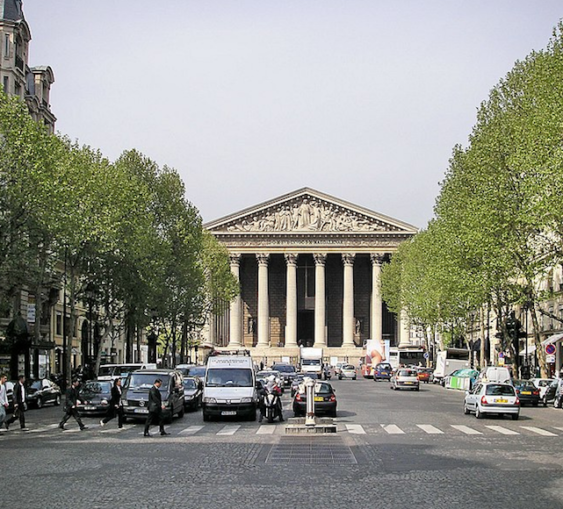
Church of La Madeleine in Paris,
Gryffindor – Public domain
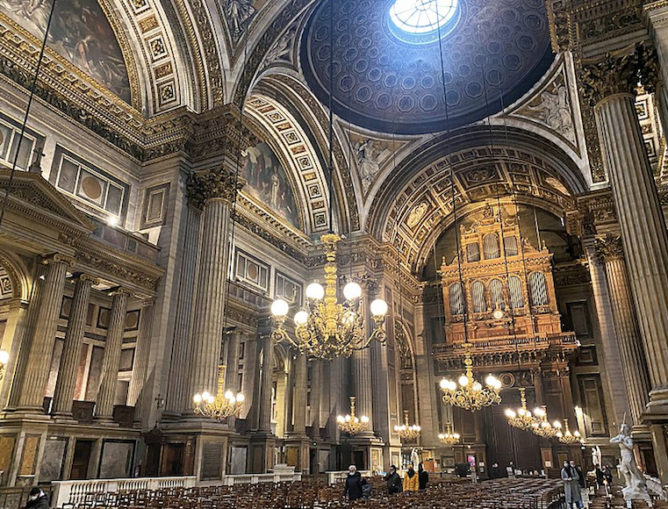
Great organ of Église de la Madeleine,
Cmcmcm1 – Licence CC BY-SA 4.0
The Grand Palais is at Point 3. Currently under reconstruction in anticipation of the 2024 Paris Olympics, it will be used for Tai Kwon Do and fencing and will give Parisians an opportunity to watch people from other countries win all the medals. Originally an exhibition and museum complex, the Palais was also originally built for the Universal Exposition of 1900. The main space is almost 260 yards long and was constructed with an iron, steel and glass barrel-vaulted roof, making it a similar large transparent structure to our own Crystal Palace. The woodland beyond the Palais is the Elyse Palace, a French government and presidential district splodged out in modern-day aerial photography for security reasons.
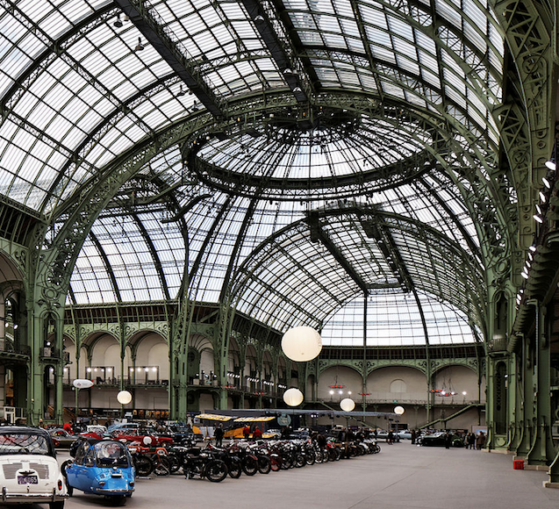
Vue du grand Palais lors de la vente Bonhams 2013,
Thesupermat – Licence CC BY-SA 3.0
Point 4 is the Pont de l’Alma, named after the 1854 British victory at the Battle of Alma in the Crimea War. Alma lies only twenty miles from Russia’s Sevastopol naval base. Still disputed following the 2014 Russian annexation of Crimea from The Ukraine, fighting continues with recent Ukrainian air raids on the Black Sea Fleet headquarters as a consequence of Putin’s February 2022 ‘special military operation’.
At the far side of the bridge, on the Right Bank of the Seine sits the Place D’Alma where several thoroughfares meet to cross the bridge to the Left Bank. In the modern day the road along the Right Bank travels under the Place and it is in this underpass that Princess Diana, her companion Dodi Fayed and Ritz Hotel driver Henri Paul were killed in a road crash in the early hours of the 31st of August 1997. At the far end of the tunnel d’Alma, there now sits a full-sized gold leaf-covered replica of the flame from the torch of the Statue of Liberty. This was not present in 1952 and, although used as a centrepiece for the laying of flowers and other memorials, is not related to the death of the Princess and her companions. Rather, the flame was donated to the city of Paris by the International Herald Tribune in 1989 to commemorate the Tribune’s centenary.
Slightly to the left of the Place d’Alma, the Av. Marceau runs up to the Arc de Triumph, slightly less than a mile away, where it joins the Champs Elysees. My father and grandparent’s photograph shows the old bridge, built between 1854 and 1856 by old friend of Nostalgia Album Napolean III, who also built the previously visited summer palace at Biarritz and the bridge across the Gare approaching Gavarnie. Rebuilt between 1970 and 1974 as a humdrum single-span box girder crossing, it is now usefully twice as wide as the original.

Zouave du pont de l’Alma durant la crue de la Seine à Paris,
Ibex73 – Licence CC BY-SA 4.0
On the Left Bank of the Pont de l’Alma sits the Palais d’Alma, built by Napolean III between 1861 and 1864 as stables and accommodation. Also splodged out on aerial photography, our Point 5 reveals a now forbidden view of a courtyard and surrounding buildings. In the present day, they are split into seventy apartments some of which are available through the patronage of the French President, currently Emanuel ‘Naughty’ Macron. Previously one of the exclusive residences was occupied by Anne Pingeot, a historian, author and mistress of the then naughty President M. François Mitterrand. Anne lived there with Mitterand’s illegitimate daughter, Mazarine, who was named after the library at 23 Quai de Conti. All very French!
How French was the vista from the other side of the viewing platform at the top of the Eiffel Tower in 1952? Find out next time on Nostalgia Album!
© Always Worth Saying 2022


